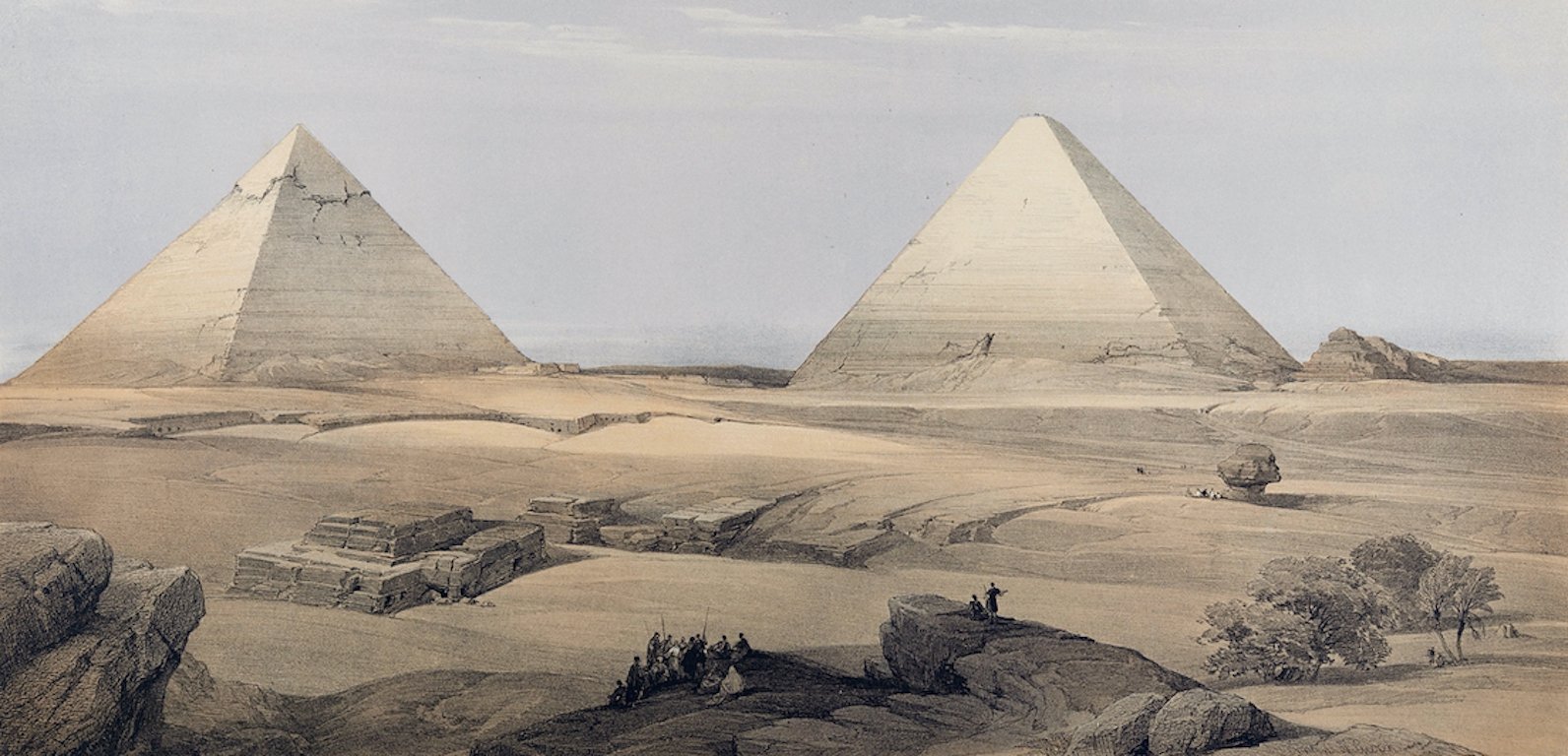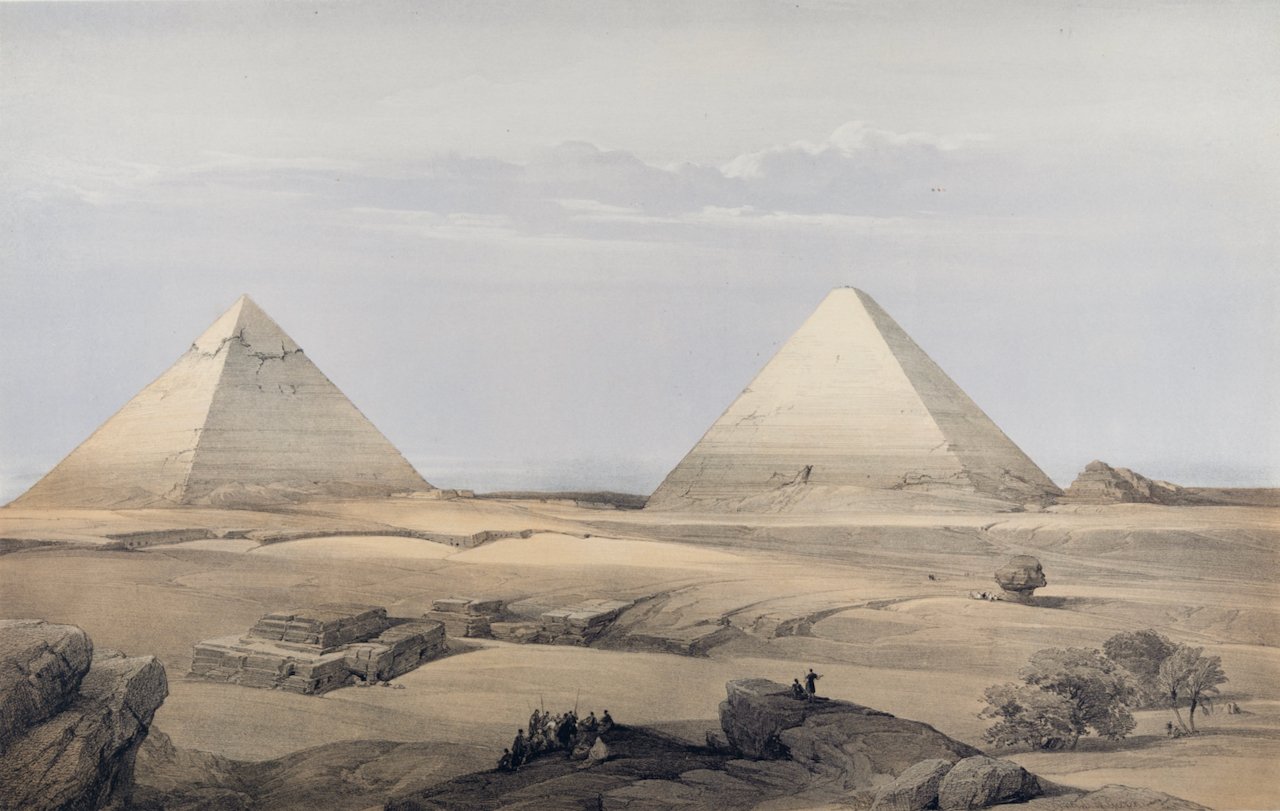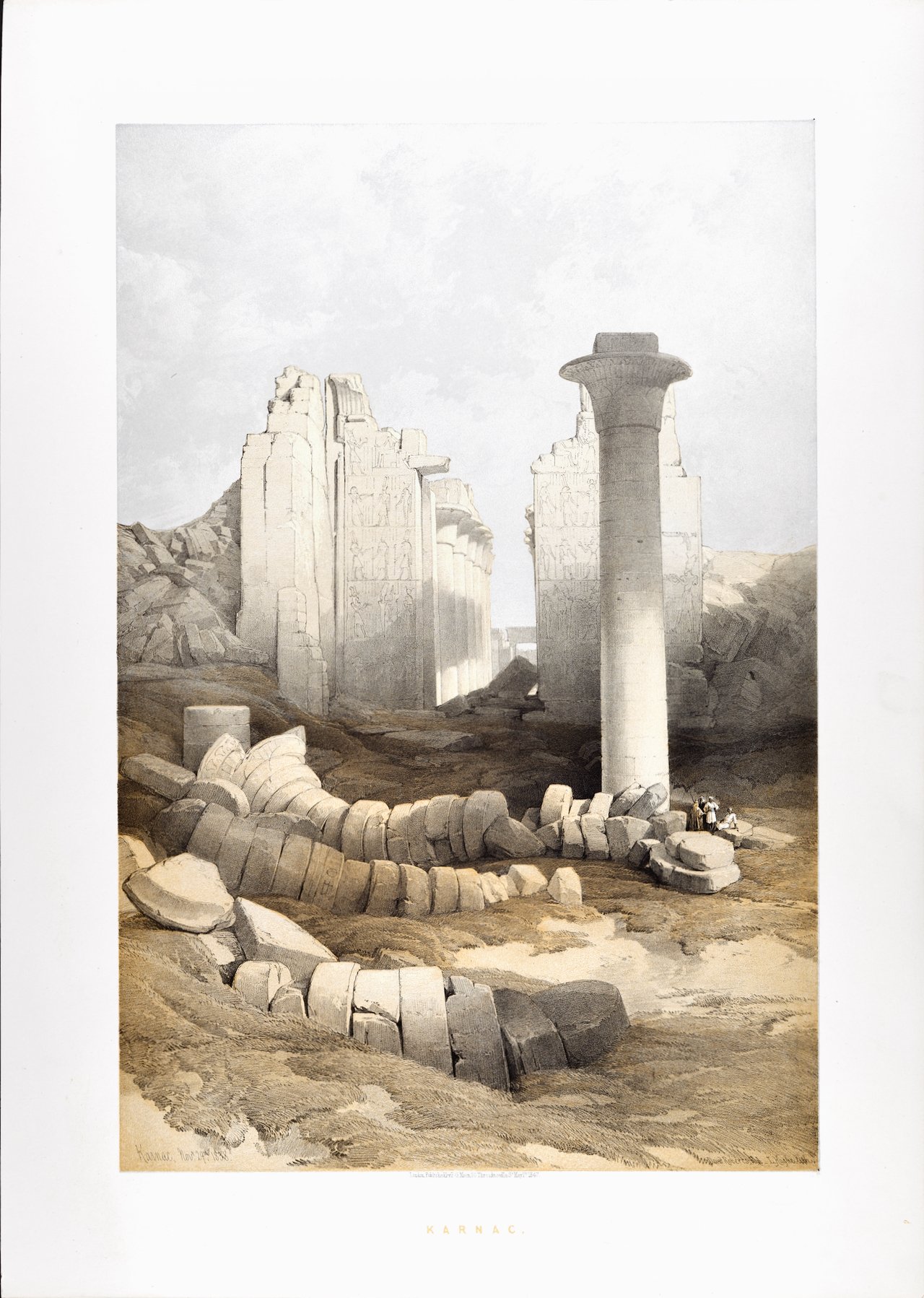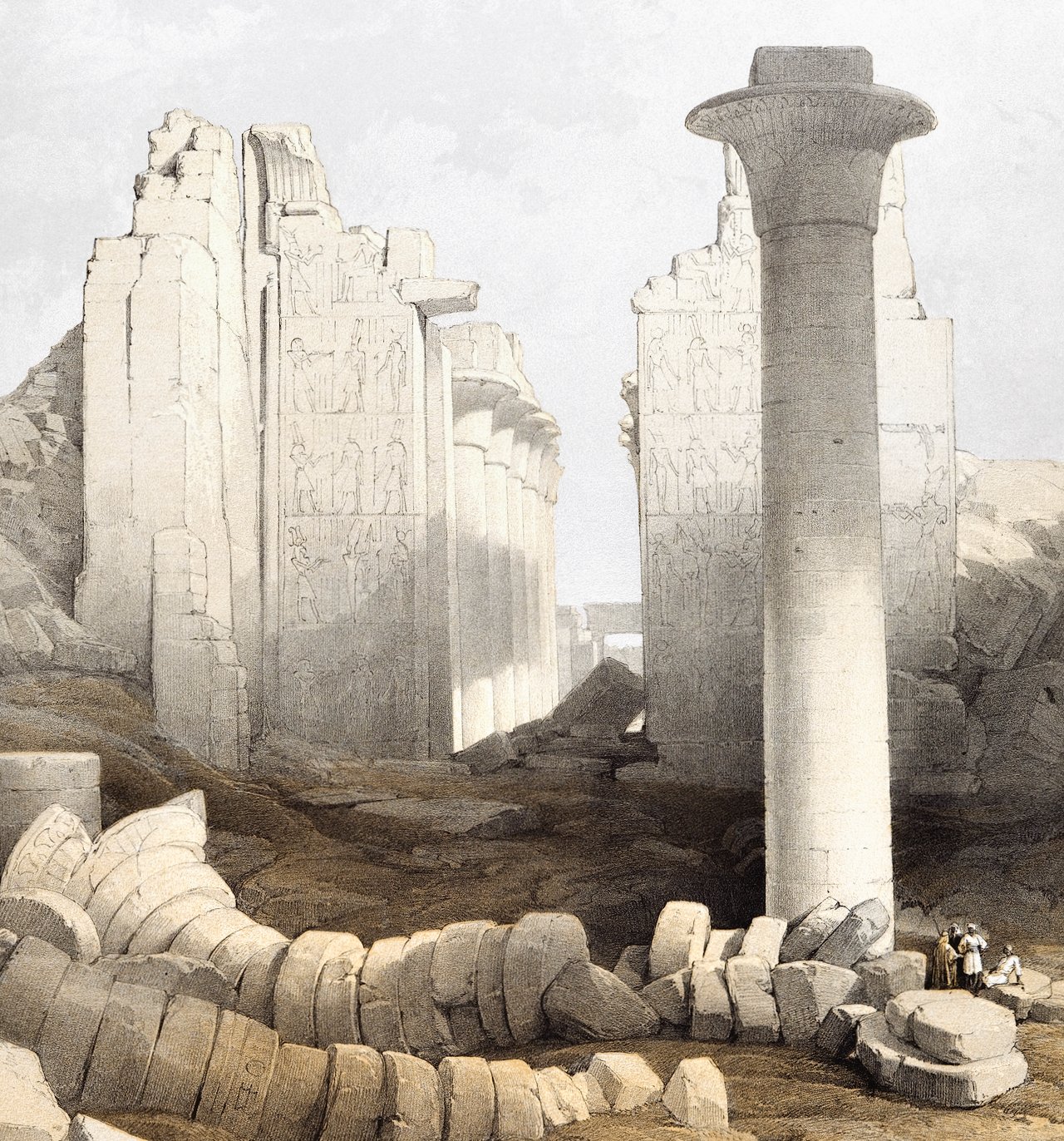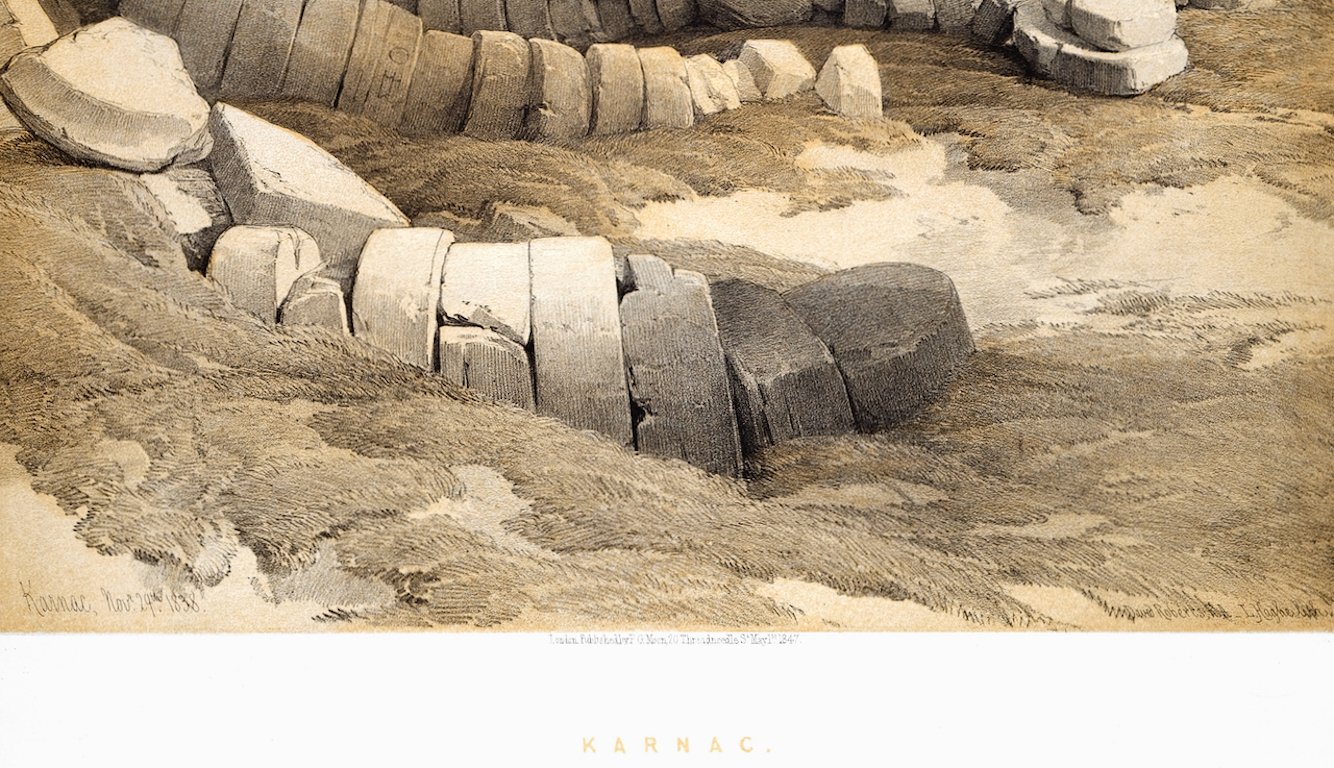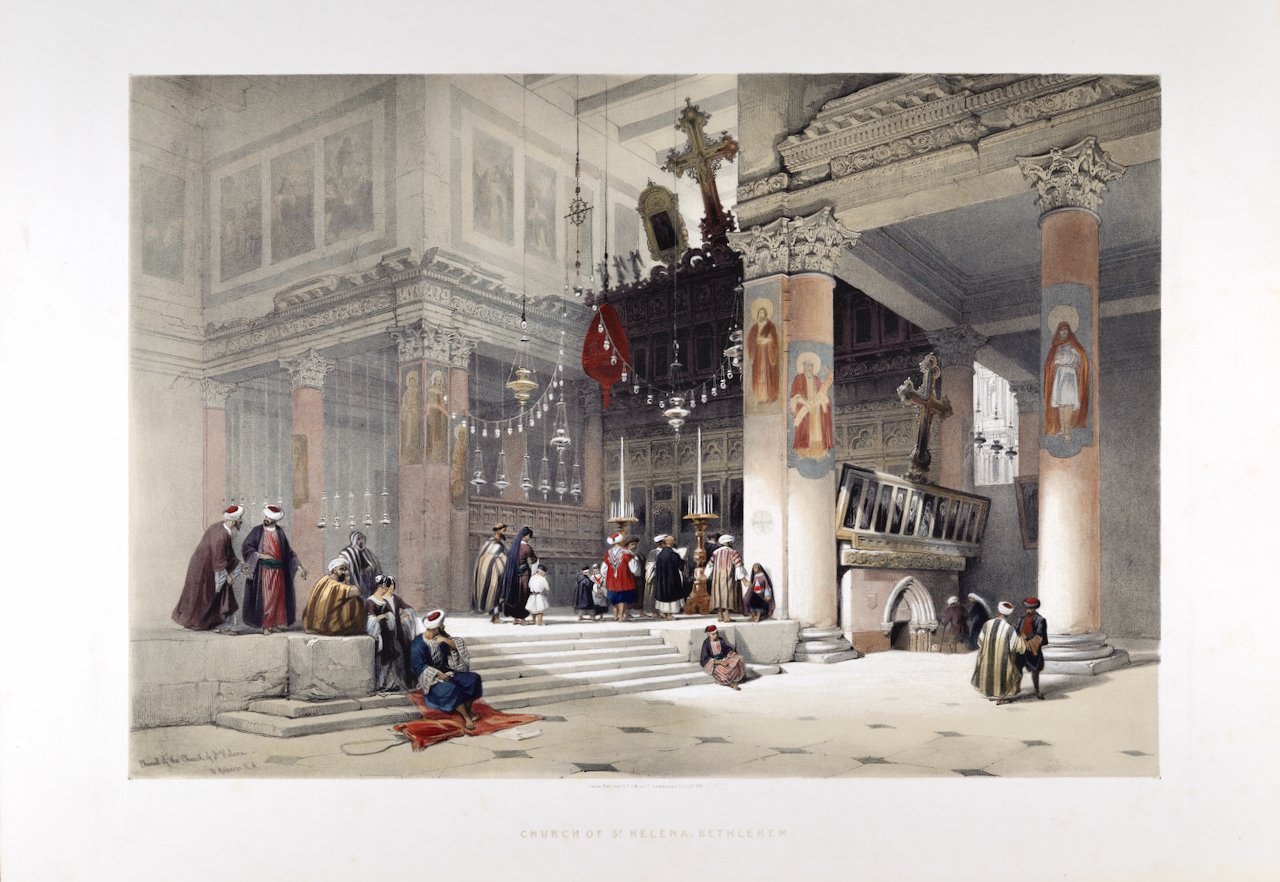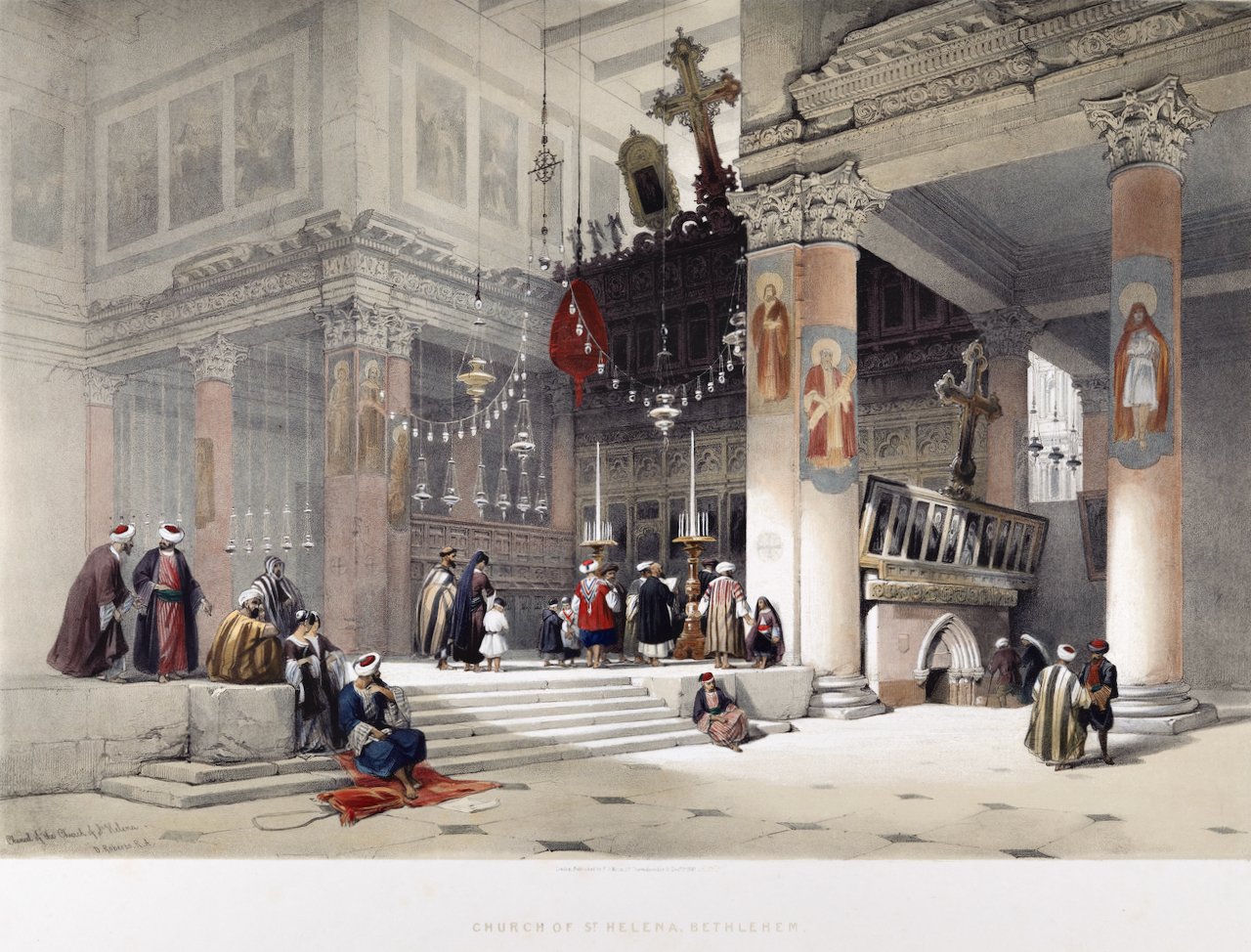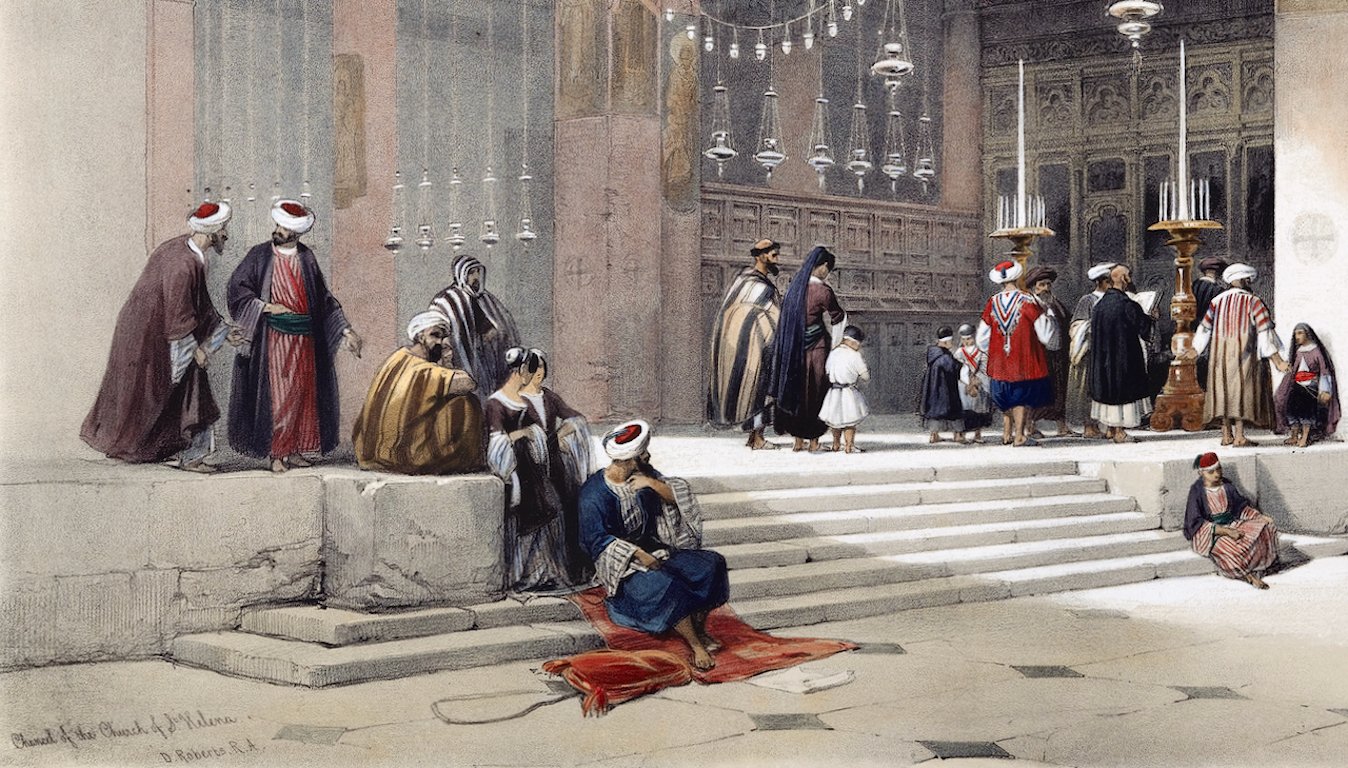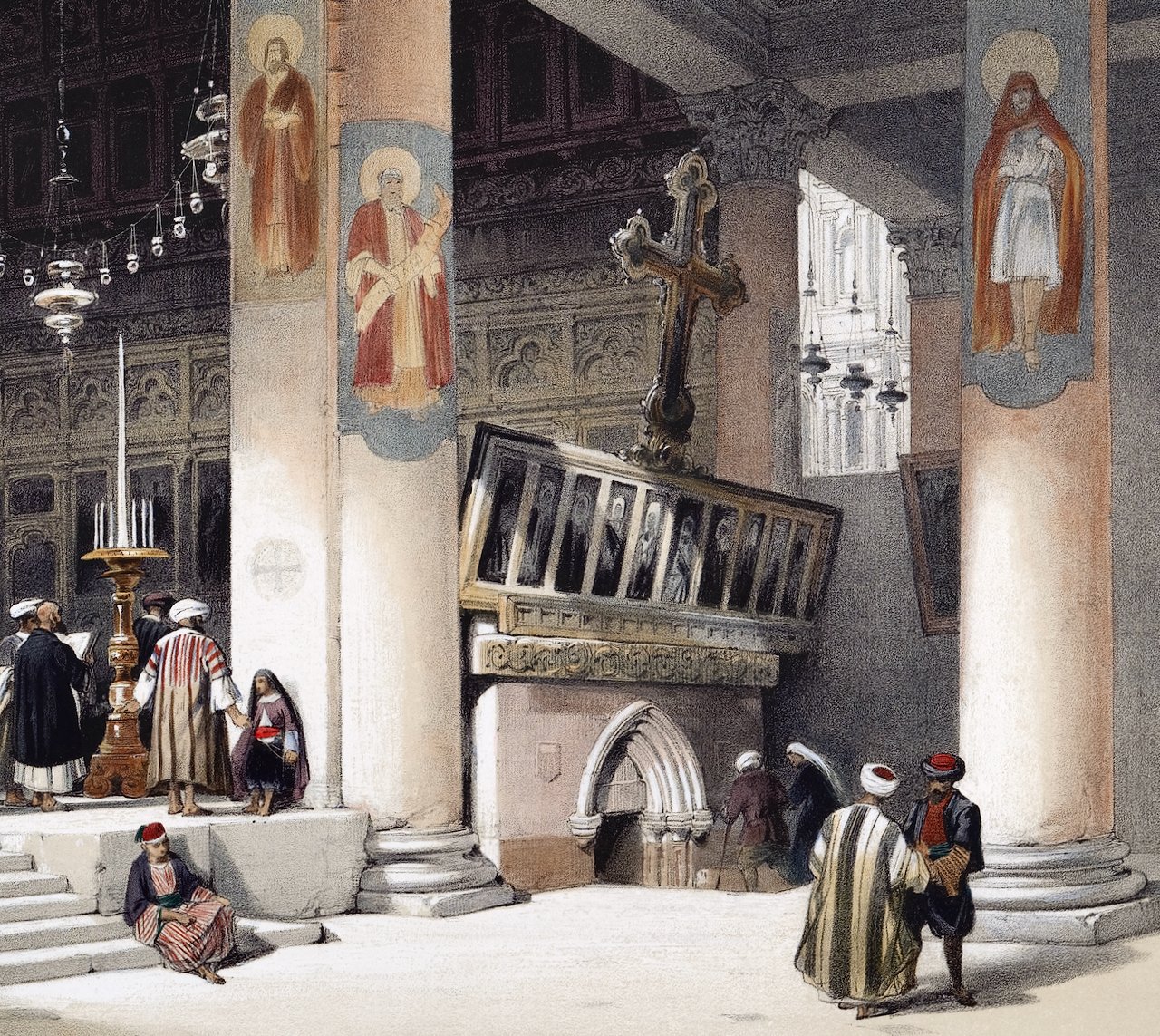The etching is printed on heavy laid, chain-linked paper. There is a central horizontal fold, as issued and small holes at the upper edge where the print was bound. There are a few tiny spots, but the print is otherwise in excellent condition.
This kind of vase is known as a Medici vase, which were initially produced in Athens in the first century AD for the Roman market. Piranesi personally restored many of these architectural objects and sold them to 18th century collectors, many of whom were tourists coming to Italy during the years of the Grand Tour who would bring them back to their home countries. Piranesi began collecting, restoring and selling ancient architectural objects in the 1760's in partnership with Thomas Jenkins and Gavin Hamilton, who had financed numerous excavations in the Pantanello area of Hadrian’s Villa at Tivoli. In 1768 Piranesi began creating etchings depicting these objects. The plates were eventually published together as a set in 1778 in "Vasi, Candelabri, Cippi, Sarcofagi, Tripodi, Lucerne ed Ornamenti Antichi". Piranesi dedicated many of the plates to patrons, colleagues, good customers and influential people. Many of the antiquities shown in Vasi were eventually sold to King Gustav III of Sweden by Piranesi's son, Francesco Piranesi, after his father’s death, and now reside in the National Museum in Stockholm.
Giovanni Battista Piranesi (1720–1778) was born in Venice in 1720 and died in Rome in 1778. He was the son of a stone mason and was trained as an architect. After a slow start to his career, he eventually achieved great success as an architect, archaeologist, artist, designer, collector, and antiquities dealer. His mission was to glorify the architecture of ancient Rome through his etchings. He began collecting, restoring and selling ancient architectural objects in the 1760's in partnership with Thomas Jenkins and Gavin Hamilton, who had financed numerous excavations in the Pantanello area of Hadrian’s Villa at Tivoli. In 1768 Piranesi began creating etchings depicting these objects. The plates were eventually published together as a set in 1778 in "Vasi, Candelabri, Cippi, Sarcofagi, Tripodi, Lucerne ed Ornamenti Antichi". Piranesi dedicated many of the plates to patrons, colleagues, good customers and influential people. Many of the antiquities shown in Vasi were eventually sold to King Gustav III of Sweden by Piranesi's son, Francesco Piranesi, after his father’s death, and now reside in the National Museum in Stockholm.
Piranesi's etchings were highly detailed and captured the grandeur of Rome's ancient ruins and architectural marvels. He used a combination of realism and imagination to create dramatic compositions that were both accurate and awe-inspiring. His highly dramatized prints often depict imaginary interiors and frequently include figures in mysterious activities, who are dwarfed by the magnitude of their monumental surroundings.
In addition to his art, Piranesi also designed buildings and interiors in Rome, including the Church of Santa Maria del Priorato and the Villa Adriana in Tivoli. He also wrote several books on archaeology and ancient art. He was also a collector of ancient architectural objects, restoring and often selling them to European tourists. Piranesi was knighted by the Pope in 1765 and he was elected a Fellow of the Society of Antiquaries in England in 1757. Piranesi's style greatly influenced the development of neoclassical art movement of the late 18th century and early 19th centuries. His dramatic scenes inspired generations of set designers, as well as artists, architects and writers. Piranesi died on November 9, 1778, in Rome, Italy, at the age of 58. He is remembered today as one of the greatest artists and architects of the 18th century, whose work continues to inspire and fascinate people around the world. His prints have continued to increase in value to institutions and collectors.












